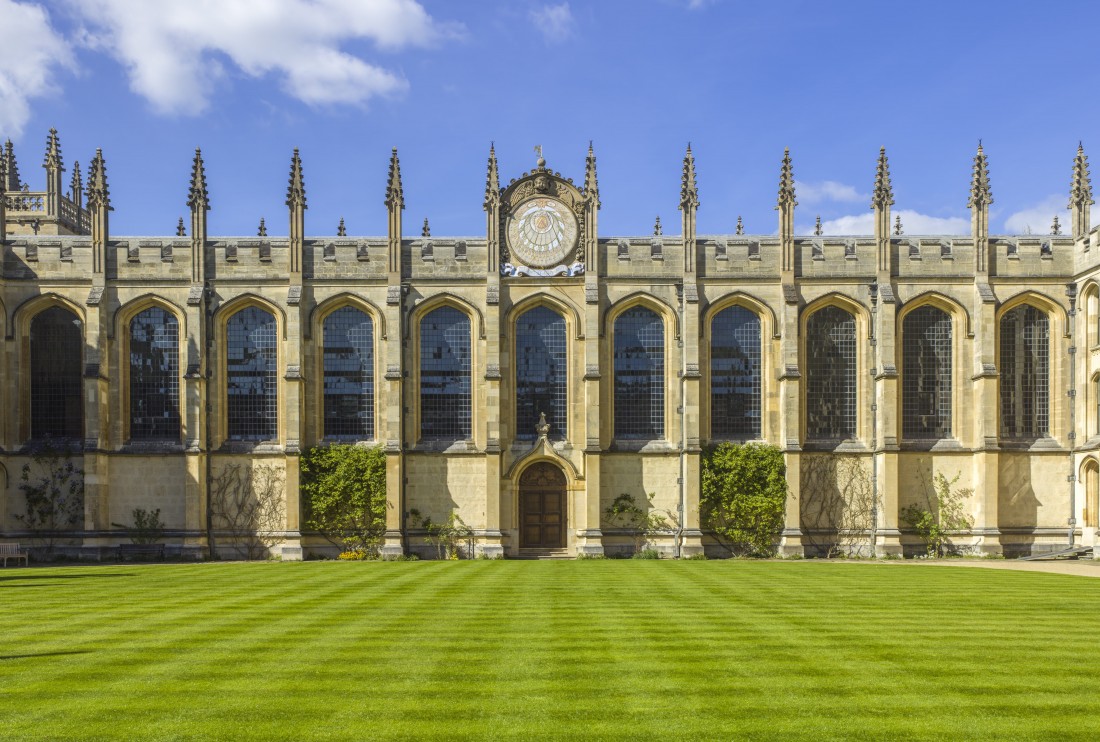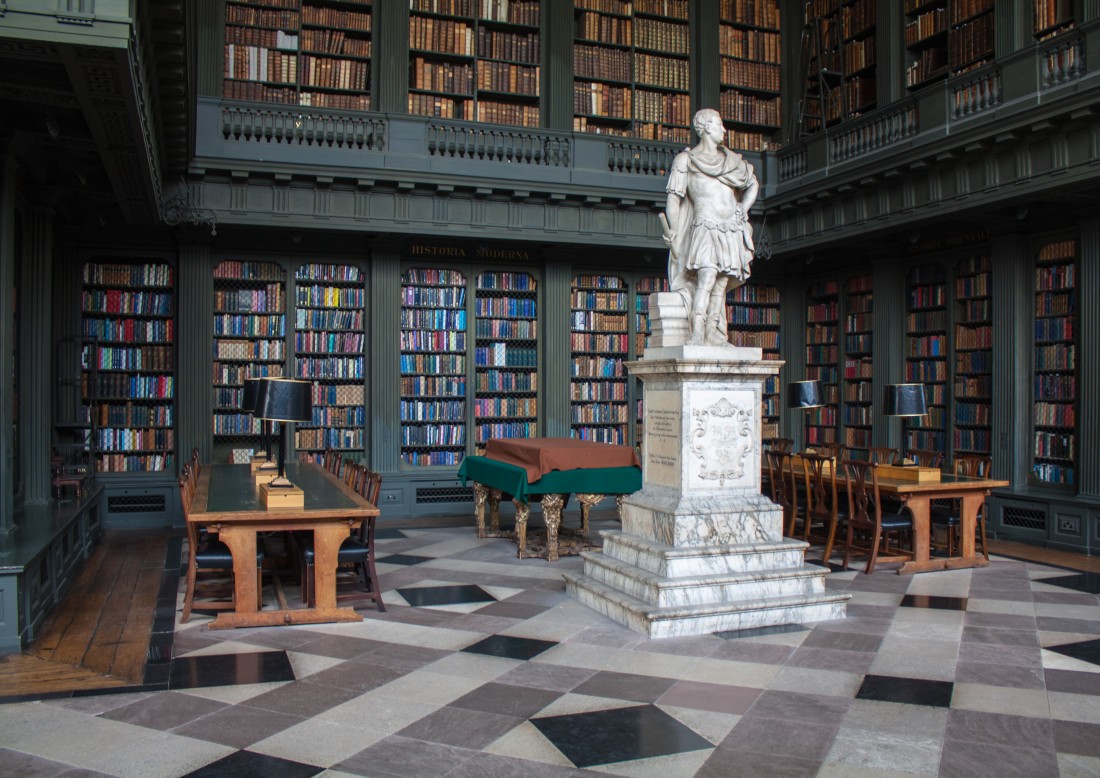When I see the milk-coloured candles of blossom on chestnut trees, I am back with you. In early June, when the evening sky was dusky pink and the air was both heavy from the day’s heat and cool with the nearing of the night. And I see you lying in the long grass in the field behind your house, your arms flung out and your red hair ragged and loose. There were lime green smudges on your dress and you rolled your eyes when I mentioned them.
“They’ll wash out,” you said and then you smiled at me. I never told you that your smile made my eyes sting and my heart swell out across my chest like a hot balloon that threatened to burst if I took another breath. I think I was holding a daisy, or a little buttercup. Sometimes I am annoyed with myself for not being able to remember the type of flower it was. I picked off the petals one by one and then I was left with just a tiny golden orb on a stem. I lay down beside you. The earth smelt sweet beneath me.
“I feel sad when the blossoms are out on chestnut trees,” you said and I remember laughing and then the laughter catching in my throat when I saw the crease in your brow. I wanted to ask you why it made you sad but I was afraid you’d think me too stupid to work it out for myself. A silence hung between us as I stumbled around trying to think of something clever to say in reply.
“Why?” I asked when the silence began to ring in my ears.
“I love seeing them so much,” you sighed. “It’s my favourite time of year, when the chestnut trees are covered in those little towers of blossom.”
“So why does it make you sad?” I asked and hated the clumsy thickness of my voice. You didn’t reply. A magpie gargled in the thicket behind us. In the wings of my vision I could make out at least one chestnut tree beyond the thicket that was decorated in the upturned cones of white blossoms. The soft, sharp scent of the flowers slipped across the evening air.
“I suppose it’s just because I can’t look forward to them anymore,” you said. At the time I thought this sounded like something someone would say in a film and I wished people were watching us as we lay there. I tried very hard to think up my next line, to think of the words my character would say to make you feel better.
“But you’ve got other things to look forward to now,” I said, “like autumn.” I wished I had suggested something more interesting and specific like “toadstools” or “amber-coloured oak leaves.”
“But then I’m always looking forward to things and I’m never actually enjoying things,” you said. “It’s sad,” you added. A breeze brushed through the strands of grass around us and the pearl peach sky seemed to suddenly shift to a darker shade.
“At least you’re always full of hope,” I said. You turned your face towards me and frowned.
“Always full of hope,” you repeated. Neither of us spoke for a long time. And I remember I was feeling irritated then, and perhaps, for the first time, more with you than with myself. The hissing of the traffic on the distant motorway grew louder.
“What’s wrong with being hopeful?” I asked. You sat up and ran a finger through your hair, your face turned up to the sky.
“It’s just an empty way to be,” you said and then scrunched your nose at me and stood up. You brushed at the bright grass stains on your skirt and then began to walk away. “Come on,” you said, over your shoulder, “it’s getting cold.”
So now I feel sad too when I see chestnut blossoms in springtime. And not because I have acquired your habit of mourning for the anticipation of things but because I can only think of you when I see them. I remember that last time I saw you, in that twilight of early June. I can only remember one or two aspects of your face, like the apricot lipstick you used to wear and how the colour of your cornflower blue eyes was like a bruise. I can only hear your voice saying one or two words, and even then I hear it only faintly like a shout that’s swept up in the wind.
And so I dread the end of May and the way the flush of spring creeps across the countryside. The cherry trees outside the church now are thick with blossom that clings to the twigs and bows like pink snow and the hawthorn in the hedgerows is frosted with bunches of cream flowers. The chestnut trees beyond the thicket are tense in their green richness. Even though the air is still crisp enough in the mornings for my breath to billow out in blooms of steam, there is a whisper of warmth on high, hanging just above my head.





